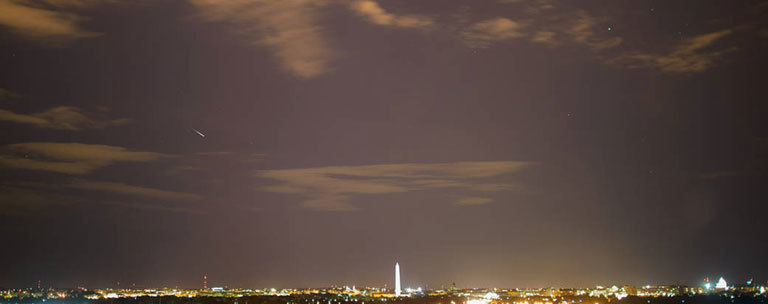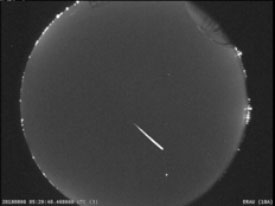
The night sky will fill with shooting stars Monday and Tuesday night as the Perseids arrive. The Perseids are one of the most plentiful meteor showers of the year, with an expected 15-20 meteors per hour to be seen. Perseids are also known for their fireballs; fireballs are larger explosions of light and color that can persist longer than an average meteor streak. This is due to the fact that fireballs originate from larger particles of cometary material.

Usually many more shooting stars are visible but this year’s full Moon will reduce the number you can see. Being in areas with light pollution, such as street lights, city lights, or highway lights/signs can also reduce your view.
Meteors like these come from leftover comet particles and bits from broken asteroids. According to NASA, when comets come around the sun, they leave a dusty trail behind them. Every year Earth passes through these debris trails, which allows the bits to collide with our atmosphere and disintegrate to create fiery and colorful streaks in the sky.
The debris responsible for the Perseids originate from comet 109P/Swift-Tuttle. Swift-Tuttle takes 133 years to orbit the sun once. The comet last visited the inner solar system in 1992. Comet Swift-Tuttle was discovered in 1862 by Lewis Swift and Horace Tuttle. Swift-Tuttle is a large comet: its nucleus is 16 miles (26 kilometers) across. According to NASA, this is almost twice the size of the object hypothesized to have led to the end of the dinosaur era.